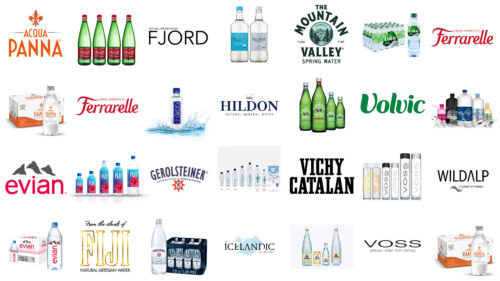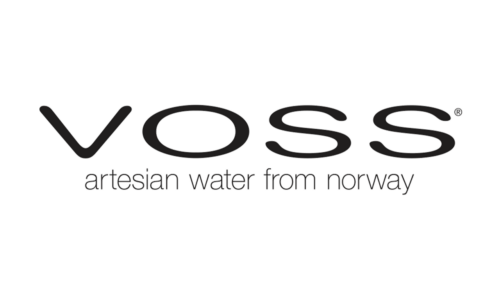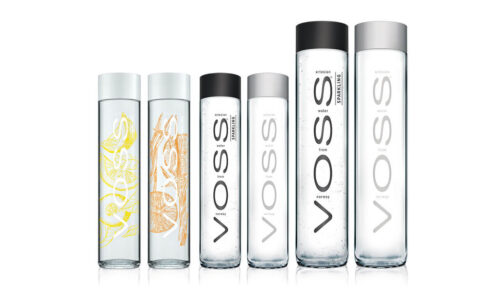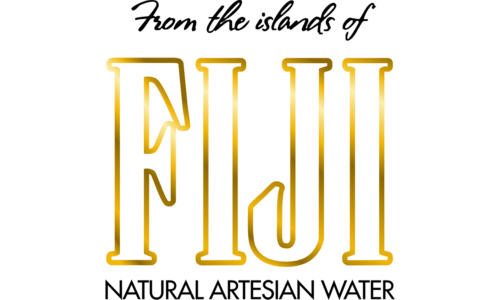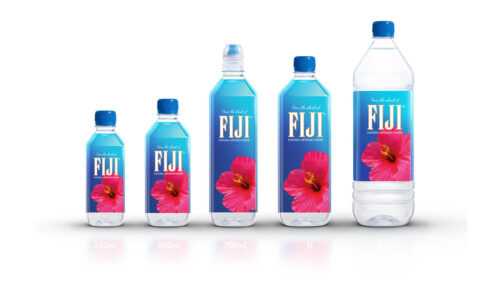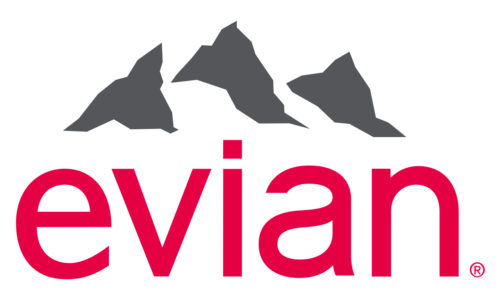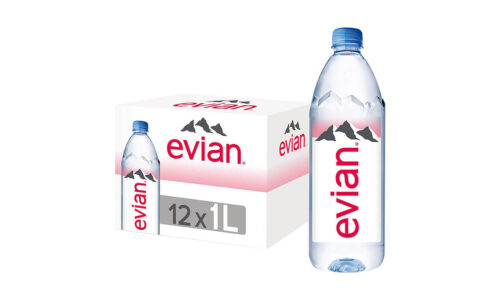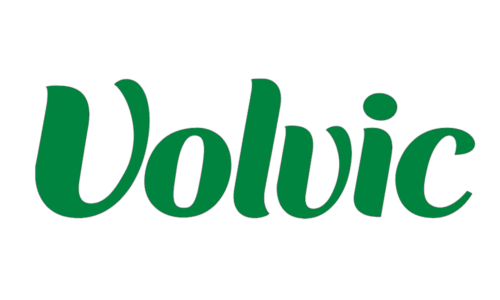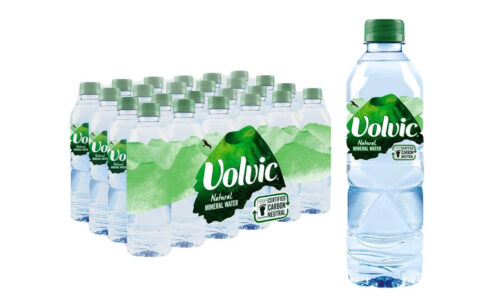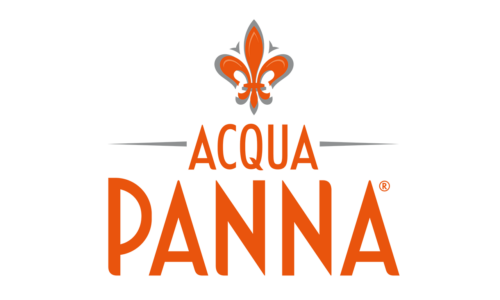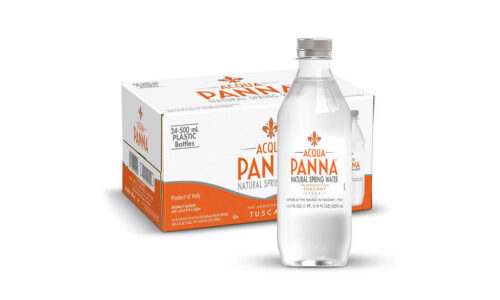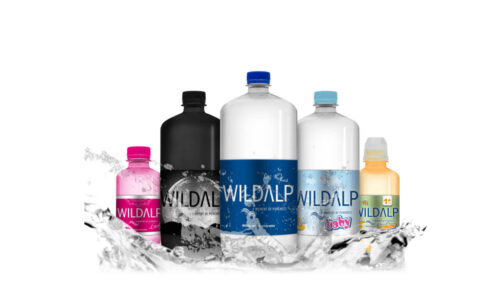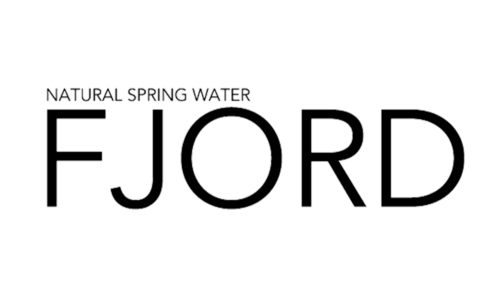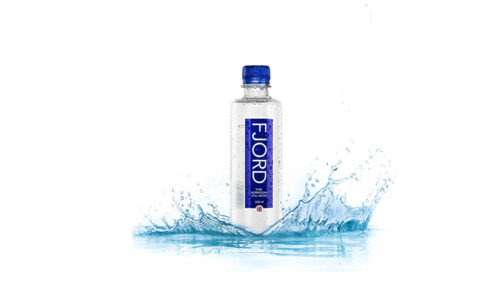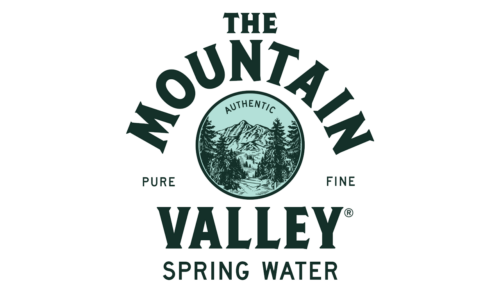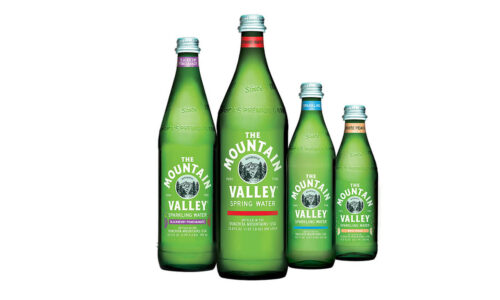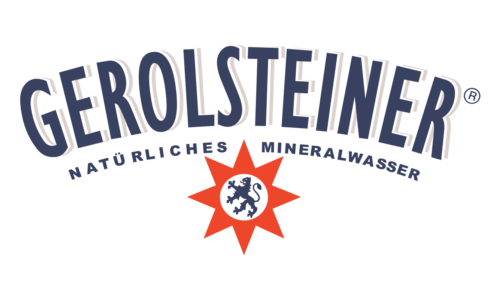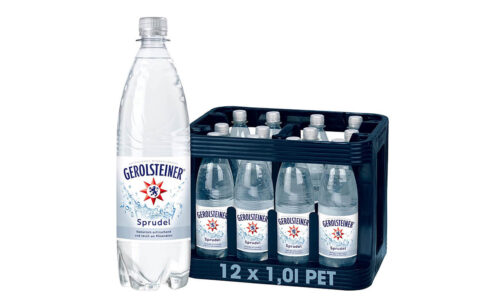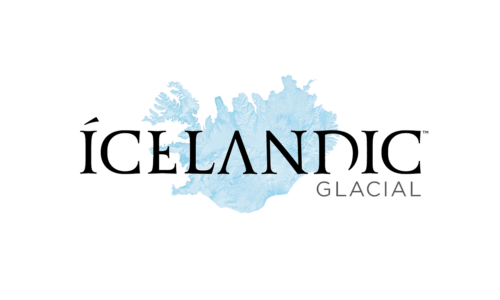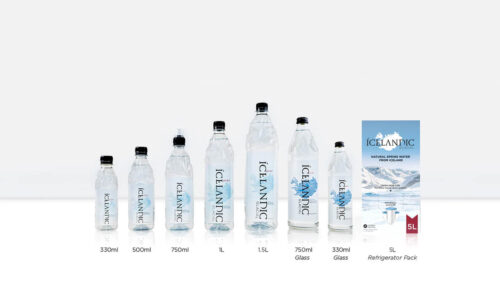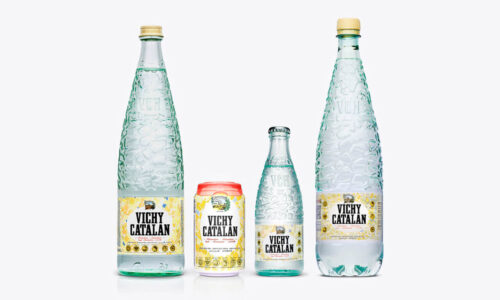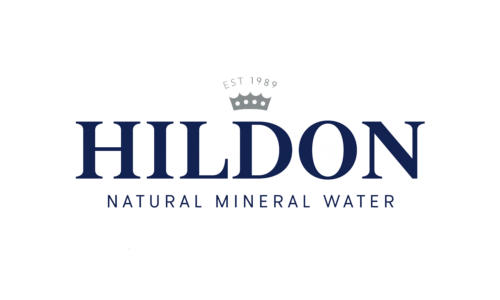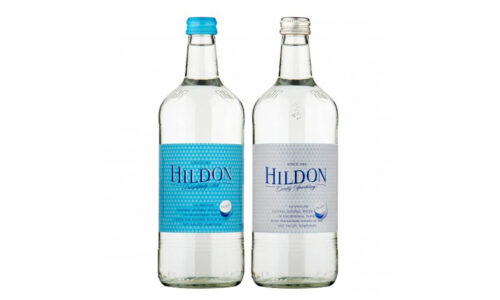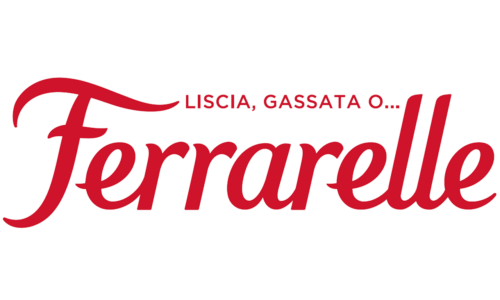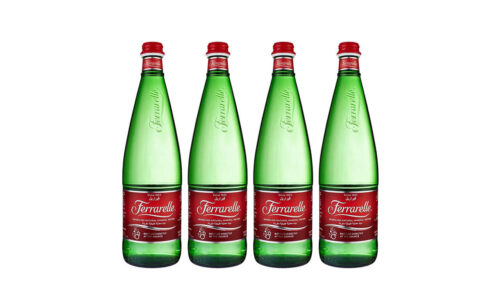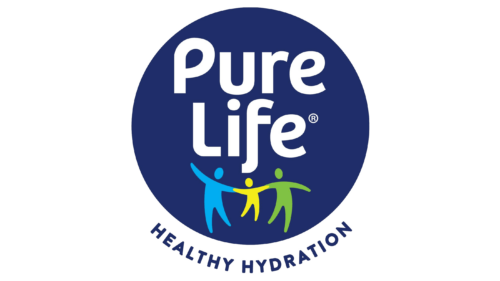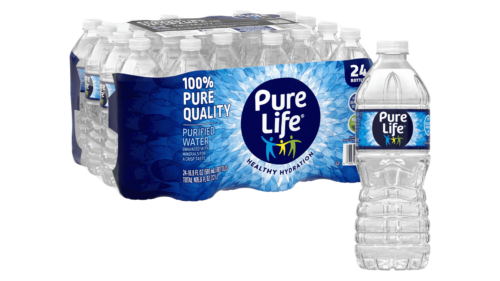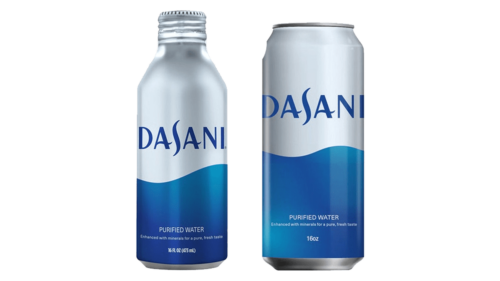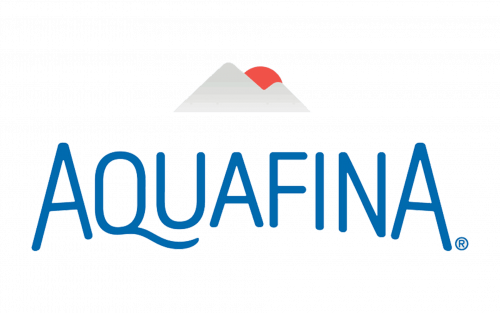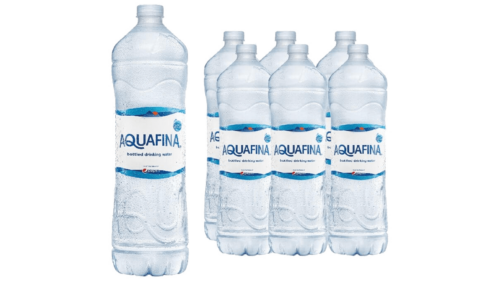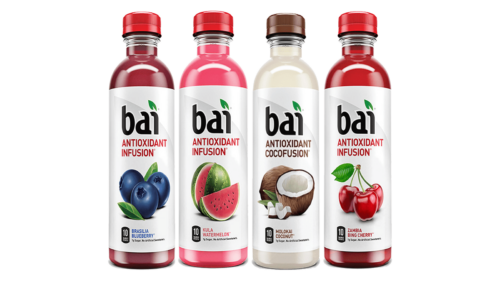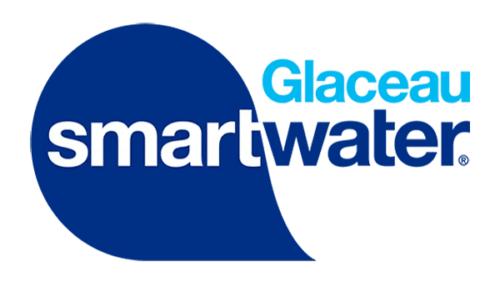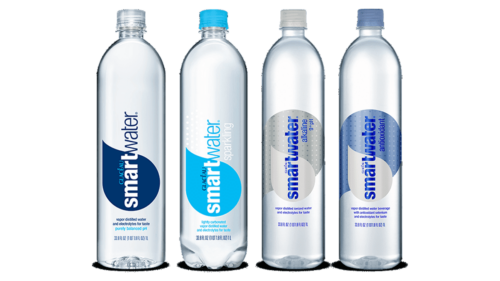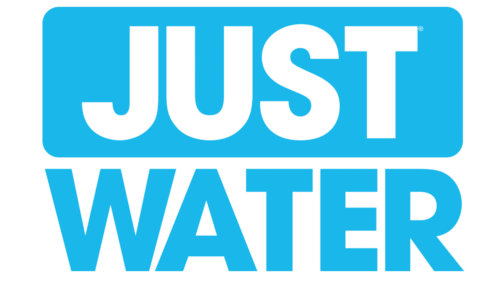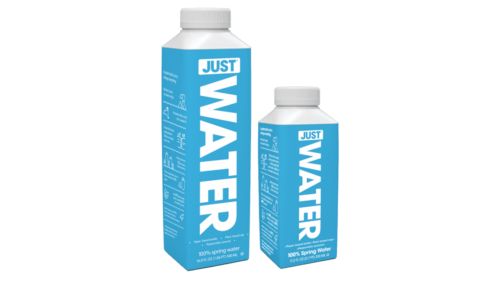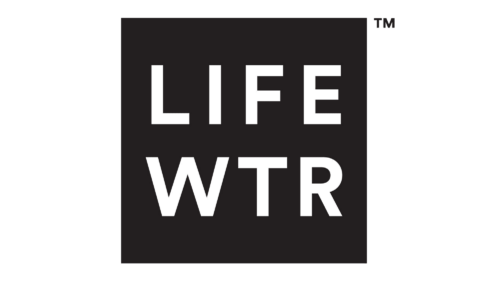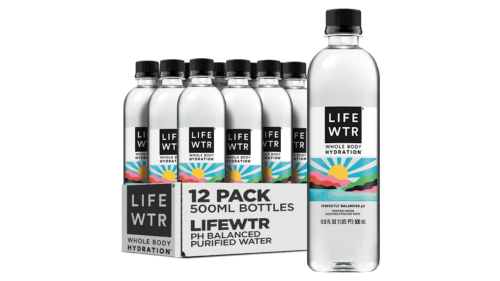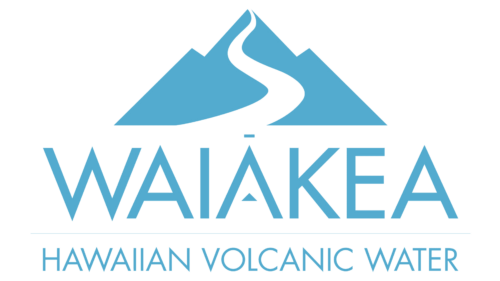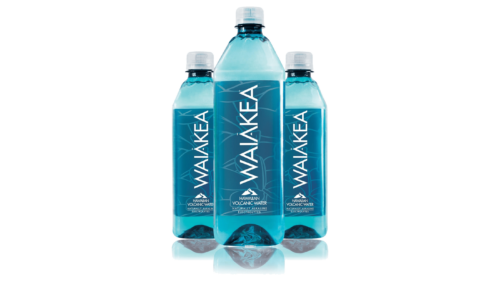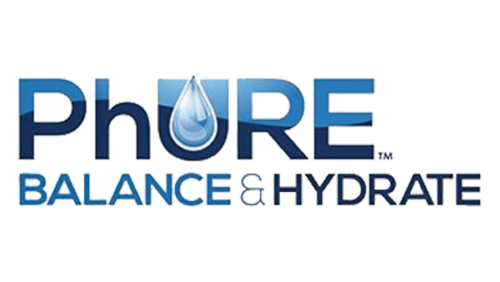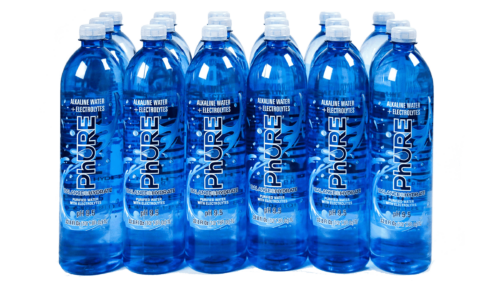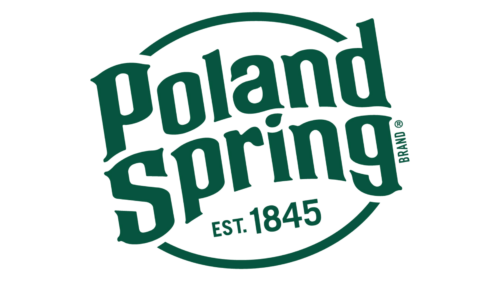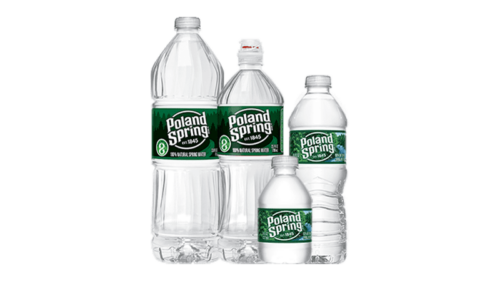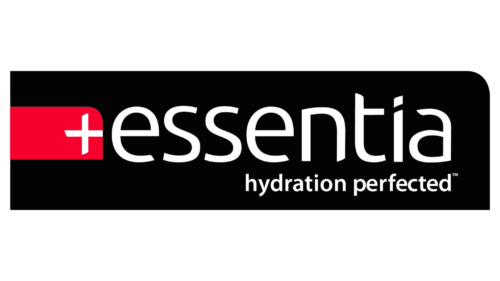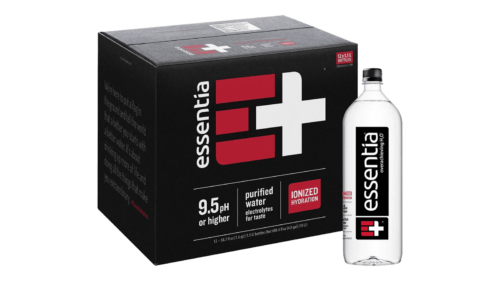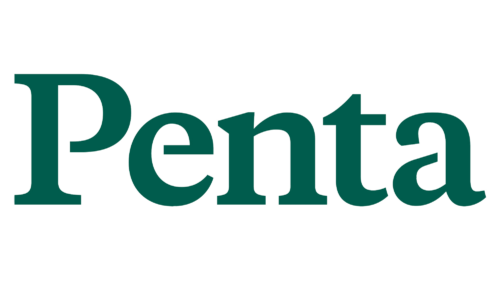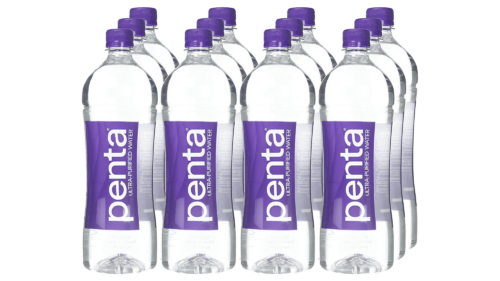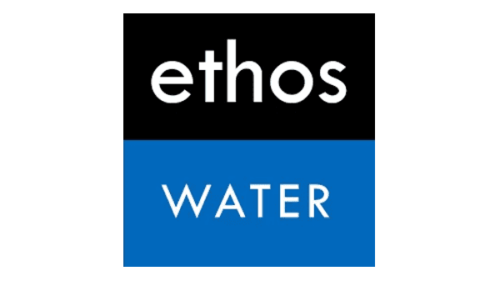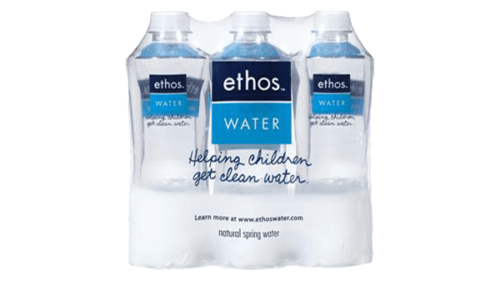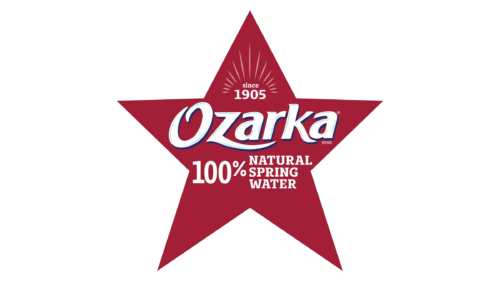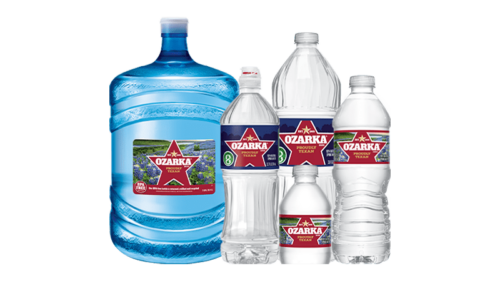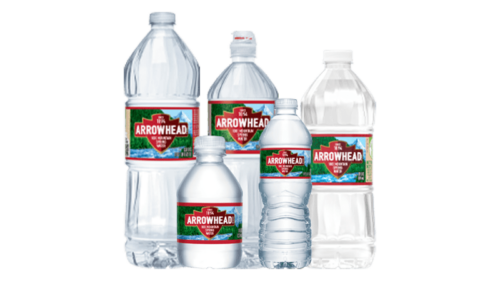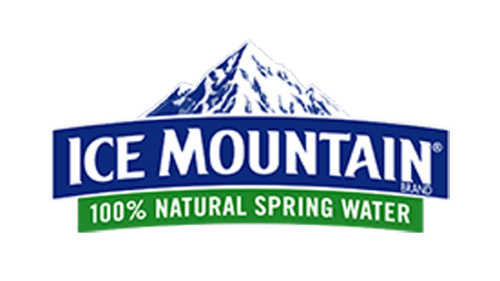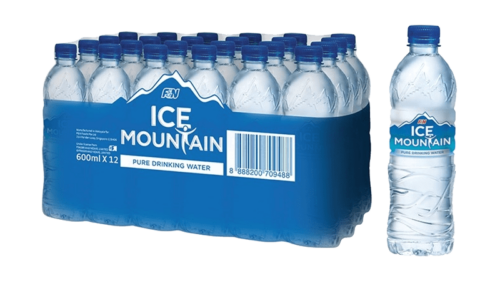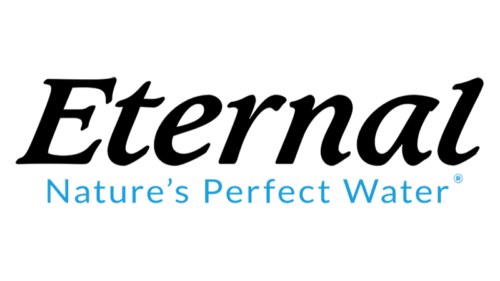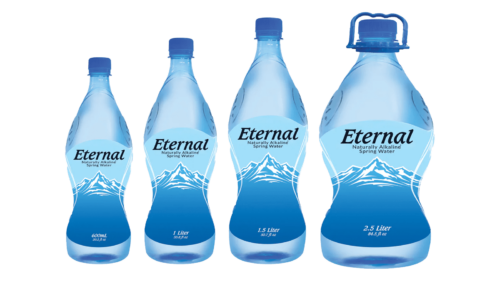Water is not just what comes out of your faucet. It’s a significant business and a matter of quality that affects your health and longevity. That’s why it’s crucial to distinguish the best bottled water brands from the worst. According to market researchers, sales of bottled water grow every year, with brands like Glaceau Smartwater, Arrowhead, and Ice Mountain leading the market due to their reputation for clean water, crispness, and sometimes even added flavors.
We’ve compiled a list of top brands and their products, including those offering ionized water or infused with unique flavors, and those known for their natural bubbles, like Arrowhead. Each brand, such as the electrolyte-enhanced Glaceau Smartwater or the naturally sourced Ice Mountain, offers a brief description to help you make an informed decision about which beverage you will drink. There’s always a choice, so choose what you like and what’s right for you. This list is just a recommendation and help in choosing, whether you prefer the crispness of Arrowhead, the smoothness of Glaceau Smartwater, or the natural taste of Ice Mountain.
A little bit of history
The bottled water business was doing fine in the 19th century, but in the early 1900s it was almost killed by the widespread chlorination of tap water. Predictably, only sellers of water from mineral springs managed to retain their positions. And the world owes it to one of these companies – the French Perrier – that the modern consumer is used to buying the product, which is poured from the kitchen tap. Perrier managed to make bottled water a fashionable product, and the company was founded in 1898.
A little bit of statistics
Bottled water is now in vogue and its sales in the United States have increased from about $50 million in 1960 to about $5 billion in 2000.All bottled water, non-carbonated or carbonated, can be categorized as both recycled municipal water and natural bottled water. Most bottled water sold in Europe is natural water and is most often consumed at home and in restaurants. Most Europeans prefer to drink water while sitting at a table rather than on the go. According to a 2005 study, Italians drink more bottled water than any other nation – 189 liters per capita per year – but only six percent of it is consumed not at the table.
Types of bottled water
A few decades ago, there were only a few types of bottled water. Today, however, consumers can find more than 3,000 brands on the market.
Mineral
In addition, bottled drinking water can be classified according to the type of source. First of all it is worth mentioning water which has health-improving properties. It is a mineral water. It is drawn from natural springs, and as a rule retains its natural composition. It is also worth mentioning that such product is subdivided into medicinal, table and therapeutic-drinking water.
Artificially mineralized
The bottled product can also be artificially enriched with minerals or other compounds. Such a variant refers to artificially mineralized products.
Purified
Well, for everyday use there is purified water. It is produced from artesian or surface sources. This version does not contain a large amount of salts and minerals. Before being bottled, this liquid undergoes many stages of purification and filtration.
Top Water Brands
The Danone Group of France and Nestle of Switzerland are the two major players in today’s global water market. Danone’s main brands are Evian and Volvic; Nestle sells other well-known names such as Perrier, San Pellegrino, Vittel, Contrex, Panna, Deer Park and Poland Spring. Also, half of the volume in the U.S. market is Coca Cola’s Dasani brand and PepsiCo’s Aquafina Water brand, which are treated water from municipal sources.
As the trend toward natural bottled water grows, consumers have become more educated and are demanding a greater variety of choices than just carbonated and non-carbonated water.
VOSS
Voss is Norwegian artesian artesian water, filtered for centuries through layers of rock and sand, nowadays the water is also saturated with carbon dioxide, except for the standard non-carbonated version.
VOSS is a popular water choice for upscale restaurants and bars as well as other premium customers. Voss water owes its popularity in high circles not only to its excellent natural taste, but also to its primary placement in first-class hotels and resorts in Europe and the United States.
VOSS water comes from an artesian spring in southern Norway. It is extracted from an underground aquifer that produces naturally pure water that can hydrate your body in a fresh and easy way.
The brand adheres to eco-friendly methods. It operates with 100% carbon neutrality. The company even sponsors its own Voss Foundation, which provides access to clean drinking water in sub-Saharan Africa.
FIJI
FIJI water is a multiple champion of all kinds of international bottled water ratings. This artesian water was first bottled in 1996 from a spring in the Yaqara Valley on one of Fiji’s two main islands, Viti Levu. The water is famous for its mild taste due to its high content of silica, calcium and magnesium
Today, FIJI is the most imported bottled water in the United States. The artesian origin of the water gives it its unique mineral composition, including a high concentration of silicon. FIJI water is famous for its signature square bottle and mild taste. Under the manufacturer’s strict rules, no human hands touch the water. It is perfectly protected from the outside air and any elements until the consumer opens it.
Evian
Evian is extracted in France near the mountain range of Chablais. The total mineralization level is 0.3-075 g/l. It has a refreshing and pleasant brackish taste and is considered a rich source of calcium, magnesium, sodium, potassium and silicon dioxide. Evian can be used daily to quench thirst and replenish micro- and macronutrients lost during exercise or due to heat.
Evian customers give it top marks for its taste and ability to quench thirst, and the only complaint about the brand is its high priceThe familiar name has become synonymous with eternal youth all over the world thanks to the efforts of marketers.
Volvic
Though Volvic water is bottled only at the unique source in France, but it is available in more than 60 countries around the world. With its name the brand refers the customers to the very type of volcanic rock through which the water comes to the surface. This spring was discovered in 1927 and in 1965 it was approved for bottling by the local Ministry of Health. Since then, much has changed, but the temperature of the extracted water is still the same 8.8°C.
Volvic is produced in France and is extracted in the Auvergne Volcano Park. The level of mineralization is not high – 0.13-0.15 g/l, due to which “Volvic” can be comparable to ordinary water. It quenches thirst well and replenishes the loss of minerals such as magnesium, potassium and sodium.
The taste has a hint of silicon, which gives it a specific bitterness, for which some customers praise it, while others scold it.
Acqua Panna
It is an Italian brand of natural artesian still water. In terms of taste Acqua apaña is considered almost the best bottled water in the world. It has a mild and light taste that will quench your thirst and maintain your water balance with water obtained directly from a natural source.
It all began back in 1564 at the Villa Panna, the summer residence of the Medici family, which gave way to the Italian Renaissance. The Medici discovered the Acqua Panna water source and gradually moved its extraction closer to Florence, the capital of the Tuscany region.
The natural filtration process also gives Acqua Panna water a unique and mild taste. It has a pH level of 7.9, natural minerals and electrolytes and comes from an incredibly pure source.
WildAlp
Wildalp is a pure and natural spring water whose premium quality is based on the purity of the spring that flows from the heart of the Styrian Alps, which has been regularly monitored since 1935 and is a valuable product.
It acquires its outstanding qualities during a whole year of filtration through the Alpine rocks of the Austrian Hochschwab National Nature Reserve. The WILDALP flows from 2,277 meters above sea level and, during the course of the year, it passes through a water protection zone that the state has protected since the time of Emperor Franz Joseph.
To preserve the purity of the spring water, the water is bottled directly at the source, allowing it to preserve its origin, its natural energy and its special character, which it has developed during its long journey.
FJORD
FJORD is one of the purest waters on the planet. One of the few that can be classified as “natural mineral water”.
FJORD water is extracted from a spring. The water temperature at the spring is 8oC all year round. FJORD water source is located in Fyresdal (Telemark), Norway. Fyresdal is one of the most ecologically clean places in Norway with untouched nature and very low population density (about 1000 people).
The beautiful county of Telemark is “Norway in miniature”: fjords, mountains, forests, inland waters, rivers and wildlife. This beautiful, unspoiled nature is one of the most popular vacation spots in Norway.
The unique combination of minerals produces soft, gentle water with exceptionally low total dissolved solids (TDS) levels.
Mountain Valley
Since 1871, Mountain Valley water has been valued by U.S. presidents, world-class athletes, and even Hollywood stars for its refreshing taste and health benefits. This water has a unique mineral composition and neutral pH, which are believed to have therapeutic properties that help alleviate chronic illnesses. Elvis Presley, John Lennon and Joe Lewis firmly believed in the restorative power of this water.
The water is bottled right at the source in the mountains of Arkansas. It has a unique mineral composition. Thirteen U.S. presidents regularly asked to serve this water to their guests, and today Mountain Valley bottled water is served in the U.S. Senate.
Gerolsteiner
Introduced in 1888, Gerolsteiner mineral water is the most exported water in Germany. The production of Gerolsteiner follows strict purity requirements. The water originates from springs in the Eifel volcanic area. The source water originates at a depth of 60 meters in volcanic soils, which impart minerals and ample amounts of carbonic acid to the drink, which contains large amounts of calcium, carbonic salt and magnesium.
Icelandic Glacial
Icelandic Glacial is water obtained from the legendary Icelandic spring Elfus, one of the purest ecosystems in the world, this water is low in minerals and has a natural alkaline pH factor of 8.4. It contains no harmful minerals, silicon or heavy metals, or bacteria.
Not only is the water all-natural, Icelandic Glacial was officially the first bottled water company to receive carbon neutral certification in all aspects of production, from the product itself to the entire company. If you’re looking for an eco-friendly choice, this water is definitely worth considering.
The packaging is as eco-friendly as possible. Customers have the choice to buy BPA-free bottles or glass options. It is available in a wide range of different sizes to suit your needs.
Carbonated bottled water
We can’t ignore this category, the thing natural carbonated water is no less healthy and popular all over the world. Below we take a look at a few of the most prominent brands in this segment.
Vichy Catalan
This water comes from the Vichy Catalan thermal spring in the Caldes de Malavella area (Girona, Spain), well known since Roman times as a place with thermal springs. The water comes out from a depth of 2000 meters at a constant temperature of 59 ° C and pours immediately after the rise to the surface.
One of the most delicious and balanced waters with natural gas. Vichy Catalan is a legendary brand among Spanish mineral waters. Its genuine taste and undeniable mineral and medicinal properties have earned it an excellent reputation among consumers and gastronomic professionals.
Hildon Natural Mineral Water
Hildon is one of the most prestigious brands of mineral water in Britain, served in the House of Commons, the Royal Opera House and even rumored at Buckingham Palace, among others. The natural filter for this water is the chalky hills of Hampshire, which saturate it with calcium, and it is bottled almost right at the source, anyway, there is no chemical treatment at all. By the way, Hidon was the first company in the world to offer natural mineral water with a carbon dioxide saturation level below 2.9, which makes it ideal for blending with delicate wines, to which excessive carbonation can only be detrimental.
Ferrarelle Naturally Sparkling Mineral Water
The Italian número uno brand, Ferrarelle, was founded in 1893, even though Italians themselves have been going to the spring for hundreds of years. It is located in the protected Sorgeto di Riardo Park, near the extinct volcano Roccamonfina in Campania region. It is valuable because it has no unpleasant salinity and has a very high calcium, potassium, magnesium and fluoride content. Ferrarelle bottling plants are powered by solar energy. Carbonated and non-carbonated water is bottled in glass containers. This protects its taste and purity and reduces its negative impact on the environment.
Pure Life
Nestle owns 64 brands of water: from Perrier to Poland Spring. But one of the most popular brands is, of course, Pure Life. This is purified water, which is taken from a well or water supply. Then it is filtered on carbon filters for softening and demineralization. And then minerals are added again, as well as disinfection with ultraviolet light and ozone.
This water is perfect for daily consumption by all family members, with no contraindications. Pure Life water can be found on store shelves in more than 30 countries around the world. Nestlé Pure Life water has a balanced composition and contains important minerals such as Potassium, which supports muscle activity of the heart, calcium, which is essential for strengthening bones and teeth, and magnesium, which helps relieve muscle tension and nervous stress. Nestlé Pure Life is the perfect balance of powerful refreshing flavor and all the macronutrients the human body needs.
Dasani
 Dasani drinking water brand is owned by International titan Coca-Cola. It is purified water that is remineralized with magnesium sulfate, potassium chloride, and salt. Dasani has an unusually broad flavor, with fruity notes. The brand was created in early 1999 when Coca-Cola decided to start competing in the international market of clean drinking water. By the way, the name Dasani does not have any specific meaning, but the company’s management implied that this name would soon become associated with a clean and fresh taste.
Dasani drinking water brand is owned by International titan Coca-Cola. It is purified water that is remineralized with magnesium sulfate, potassium chloride, and salt. Dasani has an unusually broad flavor, with fruity notes. The brand was created in early 1999 when Coca-Cola decided to start competing in the international market of clean drinking water. By the way, the name Dasani does not have any specific meaning, but the company’s management implied that this name would soon become associated with a clean and fresh taste.
In the early 2020s, Coca-Cola rushed to reduce the total amount of plastic in the manufacture of Dasani water bottles and introduced new aluminum packaging. The plan was to remove about 1 billion virgin plastic bottles from the supply chain and increase container recycling in the first five years of supply of the updated Dasani.
Aquafina
Aquafina is purified water that undergoes a 7-stage filtration process. According to the manufacturers, this cleans water from more solids than other filtration systems. It also makes it the purest water possible. By the way, Aquafina is one of the most popular and affordable water brands across the globe.
Aquafina is the water, in the purity and taste of which there is no doubt since the discovery of its source in Wichita, Kansas, in 1994. Since 1997, Aquafina has been actively distributed, and now there is no doubt about its social standing: bottled water is the official water of the National Football League (NFL), the National Basketball Association (NBA), and the National Hockey League (NHL). The water is also produced in aluminum cans.
Bai
In 2009, Ben Weiss, founder of Bai, began selling Bai Antioxidant Infusion, a five-calorie water product infused with coffee fruit and flavored with exotic fruit juices. After initially selling the product on the folding table at health food stores, Weiss landed distribution deals with Costco and Target and an advertising deal with pop star Justin Timberlake, who eventually bought a stake in the company. Sales soared to $120 million in 2015 and $300 million in 2016.
In November 2016, Dr Pepper Snapple Group bought Bai Brands for $1.7 billion. And by this criterion, it is quite possible to judge the high quality of the brand’s products. By the way, by far the most popular Bai drink is Antioxidant Water, which is richly infused with electrolytes and hence can keep your core hydrated for many hours.
Glaceau SmartWater
SmartWater is a “clever water” produced using a unique technology that repeats the cycle of the natural water cycle: water from a natural source is converted into steam, which is then condensed again to produce crystal clear water. At the final stage, “smart electrolytes” – a complex of mineral substances – are added to the resulting water.
The brand appeared in the Coca-Cola portfolio in 2007, and the taste of “cloud-inspired water” is highly appreciated by consumers around the world: SmartWater is the leader of the premium water segment in the United States and the United Kingdom, as well as Coca-Cola’s most profitable brand in the water portfolio.
The founders of this brand use distilled water to create their water and dilute it with electrolytes for flavor. On the bottles, they ironically refer to spring water, mocking those who love the taste of water from under the ground.
JUST Water
JUST Water takes the negative environmental impact of plastic bottles seriously and uses recycled and recyclable paper to produce bottles. The company has eliminated plastic even for the caps. JUST Water is packaged in a paper box with a bioplastic cap. The packaging is 82% made from renewable plant resources.
Thus, the paper tetra-pack is made from material marked with the FSC certification mark, and the bioplastic lid is made from sugar cane.
According to the company, these measures have reduced carbon dioxide emissions by 74 percent compared to a standard plastic bottle.
In addition, JUST Water focuses on flavor – this naturally occurring spring water contains electrolytes and trace elements for flavor and is packaged at pH 8.0.
LifeWtr
LifeWTR is a premium bottled water brand from PepsiCo. The company introduced this brand as a new competitor for Coca-Cola’s Smartwater. The first batch of LIFEWTR pure water with balanced pH and electrolytes for flavor appeared on the shelves of American supermarkets in 2017 and quickly became incredibly popular.
The water labels were designed by popular contemporary artists such as MOMO and Jason Woodside, as well as specialists from Craig & Karl Design Studio. And it is the LIFEWTR labels that are the brand’s biggest asset. After all, the labels serve as a platform for emerging artists. The series of three labels, which change several times a year, provides an opportunity for creators from the worlds of graphic design, fashion, photography, and art to express themselves.
LIFEWTR premium water is part of PepsiCo’s concept focused on healthy eating.
Waiākea
Waiākea was founded in 2008 with the goal of creating an eco-friendly and niche product. For several years, the company’s experts have been working on the perfect blend of pure water. Waiākea’s premium Hawaiian volcanic water was introduced to the market in June 2012. What is volcanic water and what is special about it? The fact is that rocks dissolve into the groundwater, saturating it with invaluable minerals. Thus, as a result of a chemical reaction, the water is mineralized.
Waiākea water is derived from the Kea’au aquifer located on the Big Island of Hawai’i. The water originates on the snow-capped peaks of the active volcano Mauna Loa, which are considered one of the purest habitats on the planet. There it is filtered naturally, passing through 14,000 feet of porous lava that enriches it with minerals and electrolytes. The water is bottled in bottles made from 100% recycled materials that use 33% renewable energy to produce it.
phURE Alkaline Water
Alkaline water is the water with a pH of 9 and a negative ORP (- 300 mV). Such water is called “living” because it has an acidity pH and redox potential corresponding to the biological fluid environment of the body.
phURE Alkaline Water “revitalizes” the body, restores the acid-alkaline balance, improves the bioenergetic state of the body, and metabolism, and has a beneficial effect on general well-being.
phURE Alkaline Water is a source of energy, can quickly regenerate cells, and has incredible healing power. A drink with such indicators can have a powerful antioxidant effect, increase the body’s tone and immunity, and effectively moisturize.
Poland Spring
Spring Water – is the water obtained from underground formations in an ecologically clean area. The bottling process is carried out during the spring season. At this time of year, the water is crystal clear, and the pressure beating through the underground formations helps the producing companies to pour the water into containers with minimal use of special machinery and equipment.
Unfortunately, the taste of running spring water and bottled Spring Water is very different. Water in plastic is almost absolutely tasteless. It cannot be “revitalized” even by cooling it in a refrigerator. Nevertheless, Americans most often buy this kind of water. One of the most popular brands is Poland Spring. We emphasize that this product has nothing to do with the country of Poland. Poland is a small town in the state of Maine. There are more than a hundred large springs there.
Essentia
Essentia Water is a premium brand of functional water from Nestlé USA headquartered in Bothell, Washington. Essentia produces bottled water that is ionized to increase its pH, making it more alkaline.
Essentia Water is ionized alkaline water that has a purity of 99.9% at a pH of 9.5 or higher and a clean, smooth taste.
Essentia Water’s patented ionization process removes bitter-tasting acidic ions, creating highly alkaline water with pH levels of 9.5 or higher.
Essentia Water bottles are made from BPA-free recycled plastic and are designed to stow conveniently in the home, office or anywhere you need a moment of hydration.
Essentia Water helps support normal blood pressure, sleep, heart health, muscle health, increases stamina, and more.
Penta
Penta Ultra Purified Water cares about cleanliness, purity, and your well-being. It is very pure water with no electrolytes or trace elements added for flavor. Penta is tested and certified to be free of pesticides, heavy metals, traces of pharmaceuticals, and BPA which can contaminate tap water. So the tagline on the label of this water is the purest truth.
Penta water is the perfect choice for the health-conscious, as it undergoes a multi-stage purification process that results in less than one part per million of any substance other than pure water in a Penta bottle.
Ethos
Today, the Ethos Water brand of bottled drinking water is owned by Starbucks, but it was founded by Peter Tam. His business partner was Jonathan Greenblatt, with whom he used to share a room on the campus of the Kellogg School. At the time they started the joint business, Greenblatt was vice president of a software company. They traveled together in a van, delivering home-brewed spring water to coffee shops and grocery stores.
In those years, Ethos was not profitable. The entrepreneurs continually contributed from their earnings to programs to combat drinking water shortages in third-world countries. In 2003, Whole Foods, an upscale food company, began selling Ethos water from its store shelves. It was the first real breakthrough. Two years later, Ethos was bought by Starbucks for $8 million.
Ethos water is shipped to developing countries where there are problems with clean drinking water. And 5 cents from every bottle of Ethos water sold today is donated by Starbucks to the Ethos Water Fund, a charitable organization
Ozarka
About twenty thousand years ago, the Earth was one-third covered by glaciers, the remnants of which are now used as a source for bottled water. Alaskan iceberg-forming glaciers are melted for bottling, and elsewhere water is collected just before it enters the ocean.
Springs in mountainous areas are often difficult for humans or animals to access, and passage to them is restricted by environmental regulations. Glacial water is old water, sometimes formed more than seventeen thousand years ago. It usually has an extremely low mineral content and is similar in taste and other qualities to rainwater.
Beverage companies regularly used terms like “mountain freshness” and images of glaciers and snow-capped peaks to advertise water that never came within a hundred miles of the mountains, let alone the Arctic. Ozarka is a very old water brand that re-emerged in the years following Perrier’s introduction, but after its rebirth, the water was no longer bottled in the Ozarks but rather came from springs in east Texas.
Arrowhead
Today, there are about three thousand brands of bottled water around the world. The growing trend has created a great demand and almost every day a new bottled water brand or bottling company is born.
Paris-based Danone Group and Switzerland-based Nestle are two major players in today’s global water market. Nestlé Waters North America has a social campaign called Nature’s Fix, which promotes six regional spring mineral water brands – Arrowhead, Deer Park, Ice Mountain, Ozarka, Poland Spring, and Zephyrhills – and encourages consumers to adopt healthy habits.
Arrowhead is one of the leading Nestle water brands, which is quite affordable and can be found in any American grocery store. This water is clean and fresh but barely can compete with the new progressive brands in terms of electrolytes and pH.
Ice Mountain
Ice Mountain is another spring water brand from the Nestle portfolio. The main water “location” of the brand is the Michigan lakes. Most municipal water comes from reservoirs, lakes, or rivers and is deeply purified (microfiltration and ozonation). In rare cases, this water is also bottled and sold with the source labeled.
Ice Mountain is one of the most popular water brands in the United States, and it can be explained by the fact, that this water doesn’t have any distinctive flavor — it’s just clean and refreshing, with smooth texture and no aftertaste, and for most, neutral is the best choice.
Eternal Water
Bottled water is the number one soft drink. In the last ten years, demand has grown significantly, largely due to the trend towards healthy lifestyles and the spread of the habit of drinking water on the go.
Much of bottled water is actually bottled municipal tap water – in the United States, the government and industry estimate that municipal water accounts for twenty-five to forty percent of bottled water sold. But this in no way fits the description of Eternal Water, the purest drinking water from underground mountain springs.
Mountain water gets its name because it comes from mountain springs or glaciers. These are natural filters that cleanse the water of impurities and add a special mineral composition to it. The result is water that is clean, refreshing, and more pleasant to taste. Artesian water, on the other hand, is the result of borehole drilling to an artesian spring, where the pressurized water comes to the surface on its own. It also undergoes natural filtration through layers of earth, which helps to purify it and enrich it with minerals.
FAQ
What are the benefits of water for the body?
Not everyone appreciates the benefits of water for the body. If you don’t drink water for a long time, you may experience hallucinations or even death. That is why you should not forget about satisfying the need for fluids. With its help the person normalizes the work of the whole body, improves not only the function of the digestive system and cardiovascular system, the water also has a beneficial effect on vision, hearing and emotional state.
Drinking the necessary amount of water a day, you will support the normal functioning of your body. For example, an adult needs to consume at least 2-2,5 liters of water per day. With such a simple and inexpensive product, you can get a lot of positive moments.
What can water be made up of?
The liquid we drink and call “plain water” is not simply H2O. Drinking water dissolves various organic and inorganic substances, salts, and ions like calcium, magnesium, potassium, sulfates, chlorides, and hydrogen carbonates. The amount of these substances is determined by mineralization, measured in grams per liter. Water with mineralization levels of 0.2 – 0.5 grams per liter is considered fresh, while water with 1g/l – 3g/l is deemed saline.
The freshest water, i.e., pure from impurities, is often found in melted glacier water or in brands like Crystal Geyser. Artesian water, sourced from deep aquifers like those in Michigan or filtered through natural materials like lava rock and limestone, is the most mineralized, aside from therapeutic mineral waters. Brands like Nestle Pure Life and Ozarka, often sourced from such locations, offer a different profile of mineralization. Some brands even use vapor-distilled methods to ensure purity, eliminating unwanted chemicals and maintaining a balanced mineral content. This diversity in sources and treatments reflects the broad spectrum of water quality available to consumers, from the glacier-fed purity of Crystal Geyser to the unique mineral compositions of artesian sources in Michigan or the Ozarka springs.
How to choose the right water?
Bottled water can be sourced from natural springs, like those in the French Alps or mountain springs in Texas, known for their crisp taste, or it can be taken from the tap. Regardless of the source, the product must undergo special purification to remove harmful compounds and chlorine, particularly for tap water. It’s important to always look at the label, which will indicate the source, whether it’s from renowned springs like Zephyrhills or Ethos Water, or a municipal supply.
For natural mineral water and artificially mineralized products, careful scrutiny of the label is essential, especially to assess the number of microelements. Brands like Core Hydration are known for their balanced pH, but such products are not recommended for daily consumption as they can lead to an accumulation of salts in the body.
Moreover, not every type of plastic is suitable for the long-term storage of consumable products. Therefore, before purchasing, it’s better to read the plastic labeling and check the bottle’s bottom. This is especially relevant for premium brands like those sourced from the French Alps or mountain springs in Texas, where packaging quality is crucial.
In addition, remember that water, like other products, can spoil and become unfit for consumption. Thus, it is better to choose products stored in dark and cool places, as these conditions extend shelf life. Also, note that larger packaging volumes often mean shorter expiration dates, which is an important consideration when choosing between various brands, whether it’s Ethos Water, Core Hydration, Zephyrhills, or others.


